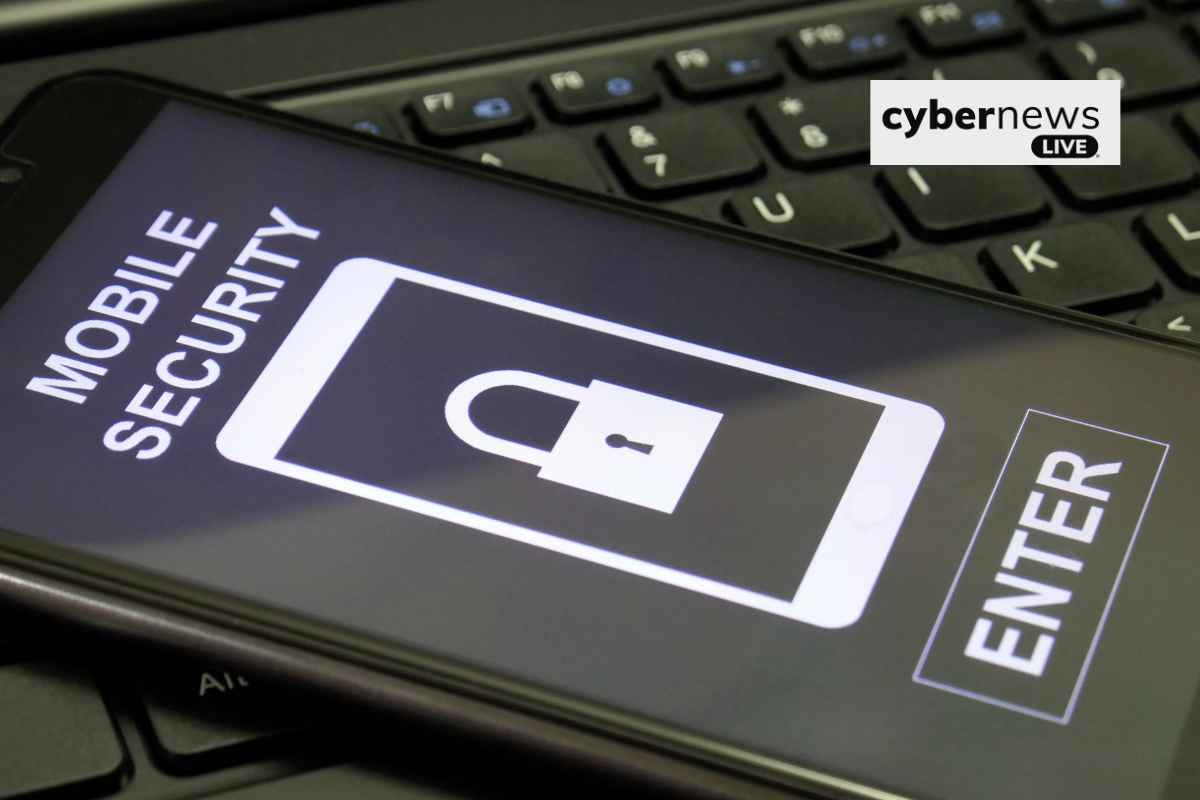
2024 Mobile Security Checklist: Best Practices You Need to Follow
Set A Strong Password or PIN for Authentication
Mobile phones are treasure troves of abundant information, encompassing work-related data, personal details, and financial information. Therefore, enforcing a solid password or screen lock is crucial for safeguarding security. Enabling fingerprint and facial recognition are convenient means of authentication, and multifactor authentication provides additional protection.

Screen Lock
Our phones contain plenty of sensitive information, so we must prioritize its security. To ensure mobile security, you should first turn on the screen lock with a strong password or PIN to store complex credentials securely.
Mobile Authentication
Mobile devices also offer biometric security options like Face ID and Touch ID, which improve accessibility but do not necessarily fortify security. That’s why it’s beneficial to enhance your mobile security by implementing multifactor authentication, a robust security measure for all end users, providing an additional level of protection.
Keep Software Up-to-date
The most common security factor people overlook is using outdated software. Outdated software often contains vulnerabilities that threat actors can exploit to gain unauthorized access and steal sensitive data. Vendors like Apple, Google, and Microsoft constantly provide security patches to address these vulnerabilities. Professionals should check for these updates when upgrading their phones, laptops, or smartphones. They can also enable automatic security updates on their devices by default. By regularly updating your software, you can ensure that you have the latest security configurations available. Be sure to enable these updates to mitigate the risk of compromise.
Enable Cloud Backups
It’s important to remain watchful of the fact that cloud-based apps and services are frequently accessed through employees’ mobile devices, amplifying the possibilities of data loss. Therefore, having a cloud backup is essential. In case your device is stolen or lost, you will still be able to access the data that might have been compromised. Select a cloud provider that maintains a version history and allows you to restore your data to earlier versions for at least 30 days. You can further safeguard your cloud data by investing in a cloud-to-cloud backup solution.
Remote Lock with Data Wipe Feature
Every business should establish a Bring Your Own Device (BYOD) policy, incorporating strict remote lock and data wipe protocols. This policy enables enterprises to remotely wipe or erase sensitive data in case of a suspected threat or lost device. However, a potential challenge arises in BYOD situations when employees use devices for both personal and professional purposes, resulting in the deletion of their personal data alongside business information.
Use Mobile Device Management and Mobile Application Management
Mobile security has become a hot topic within the information security sector, emphasising the importance of strategies that balance remote data access while ensuring data safety against potential threats on unprotected devices. The solution can be found in effective methodologies: mobile device management (MDM) and mobile application management (MAM). MDM involves configuring, managing, and monitoring employees’ personal gadgets, such as smartphones, laptops, and tablets. Meanwhile, MAM focuses on configuring, monitoring, and managing apps within these devices. When combined, MDM and MAM create formidable security measures, barricading unauthorized access within your company network of applications and data.
Be Selective in Granting Permissions
Selectively granting permissions is crucial for organisations to protect against data threats. However, it demands a meticulous approach to determine who can access sensitive information, resources, systems, and data. This process involves evaluating each role to decide who can access the details and who requires minimal access to perform their responsibilities effectively.
Enable Data Loss Prevention Policies
Professionals require multiple apps to complete their assignments, so IT organisations should ensure that corporate data is not copied and accessed by untrusted or malicious applications. Organisations can enable app protection and DLP policies to prevent company data theft on any other device. IT admins can also restrict data transfer or opening options to other apps that are not approved or managed. Specific platforms, like Microsoft Endpoint Manager, even allow app protection policies on Microsoft apps without enrolling devices in an MDM.
In the dynamic realm of mobile apps, security is the foundation of trust and reliability. The growth of mobile apps has amplified cyber threats. Business owners must address these vulnerabilities to safeguard their critical data and applications. Regardless of size, every business should prioritize mobile security practices to mitigate security risks.
Keep your systems safe with real-time updates from Cyber News Live.

